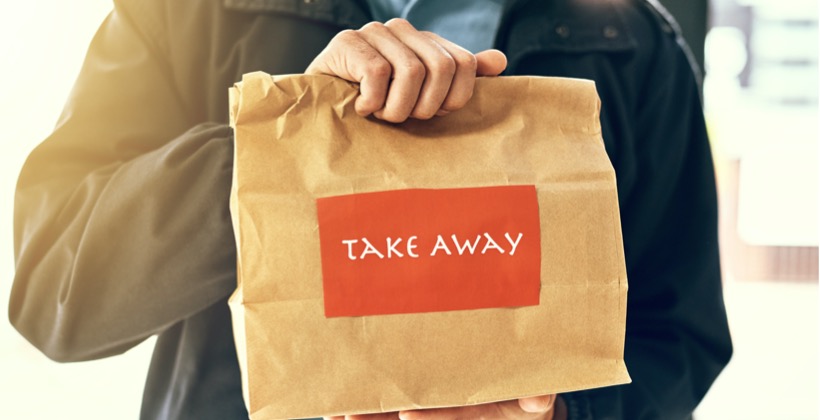COVID-19 Resources and Training Strategy for your Organization
Throughout the COVID-19 pandemic, government and industry associations have provided information – for operating restaurants and retail stores – including best practices for pickup and delivery, to protect employees and customers and maintain COVID-19 guidelines.
This blog will talk through best practices and provide resources and links to help navigate and answer common questions.
Before we get there, we want to provide you with an audio the FDA published discussing the best practices. You can listen to that audio recording here or download the PDF transcript here.
Workers and Personal Hygiene
The importance of training employees property can not be overlooked. As part of the COVID-19 training guidelines, employees should wash their hands with soap and water for at least 20 seconds every time they leave their work area. Other preventative measures include:
- Do not touch your eyes, your nose, or your mouth.
- Wear disposable gloves when handling ready to eat food.
- Always wash your hands for 20 seconds before eating and for general food safety.
- Use a tissue to cover coughs and sneezes, then dispose of the tissue in the trash immediately after use and wash your hands with soap and water for 20 seconds.
- Employers should pre-screen employees (e.g., take temperatures and assess symptoms before starting work).
- Employees should regularly self-monitor (e.g., take your temperature and assess symptoms of coronavirus).
- Frequently disinfect and clean workspaces and equipment throughout the day.
- Employees who are sick should stay home, follow the CDC guidelines on what to do if you are sick with COVID-19, and contact your local health department for additional information.
Rules for Picking Up and Delivering Food Safely
The restaurant and retail industries have seen a significant spike in consumers wanting to use curbside pickup and no-contact delivery. Consumers are anxious. They want to know organizations are following guidelines, and perhaps more important, consumers want to see guidelines in practice.
- Use proven food safety procedures for time and temperature control, avoid cross-contamination, and follow proper food storage.
- If soap and water are not readily available, use an alcohol-based hand sanitizer with at least 60% alcohol. See the CDC's How to Protect Yourself & Others.
- Clean and disinfect high-touch surfaces like counters, light switches, touchpads, and door handles often.
- Send text alerts or call once the food is delivered. Have designated pickup spots, and succinct instructions, for customers to help with social distancing.
- Regularly clean, disinfect, and sanitize all cooler and insulated bags used to deliver food.
Maintaining Infection Control and Social Distancing for Customers:
- Per state and local requirements, follow proper social distancing protocols.
- Double-check that your dishwashing machines are operating correctly at the required temperatures for washing and rinsing dishes – and that you are using the appropriate detergents and sanitizers.
Consult the resources below for links to information from the CDC, FDA, EPA, and OSHA for more detailed information.
- Managing Employee Health (Including Contracted Workers)
- Managing Operations in a Foodservice Establishment or Retail Food Store
- Managing Food Pick-Up and Delivery
- Considerations for Restaurant and Bar Operators
- Food Safety and the Coronavirus Disease 2019 (COVID-19).
- FDA's Employee Health and Personal Hygiene Handbook.
- For previously sick employees returning to work – Guidance for Discontinuation of Home Isolation for Persons with COVID-19
- Information on PPE from the CDC and FDA
- OSHA's Guidance on Preparing Workplaces for COVID-19.
- EPA's six steps for safe and effective disinfectant use.
- COVID-19 information from the National Retail Federation.
- COVID-19 information from the Nation Restaurant Association.
Success comes down to communication, agility, and strategic execution. By implementing the above guidelines, organizations can create a safe environment for consumers, and a profitable environment for the business.
If you want more information on setting up your organization for success, especially during times of change, check out our guide: The Modern Workforce: Equip Your Workplace for an Agile World.





